India, a global agricultural powerhouse, continues to play a pivotal role in feeding the world. In 2024, India’s agricultural exports remain a cornerstone of the country’s economy, contributing significantly to foreign exchange earnings and rural livelihoods. As the world navigates the challenges of supply chain disruptions, climate change, and shifting trade policies, India has shown resilience and adaptability in maintaining its agricultural export strength. Here’s a closer look at the state of agricultural exports from India in 2024.
Growth in Agricultural Exports
India’s agricultural exports have seen substantial growth over the past few years. By 2024, the country will have diversified its export portfolio to cater to the growing global demand for organic and sustainable products. Traditional staples like rice, spices, tea, and cotton continue to dominate the export charts. New categories such as processed foods, fruits, and organic produce are expanding India’s reach into more niche markets.
Rice: India remains the world’s largest rice exporter, particularly basmati and non-basmati varieties. In 2024, new markets in Africa, the Middle East, and Southeast Asia have strengthened demand, while high domestic production levels ensure supply stability.
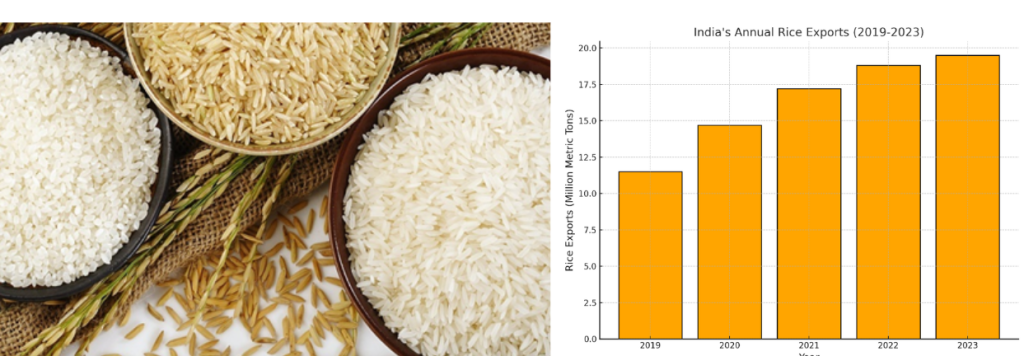
Spices: India is synonymous with spices, and this remains true in 2024. Turmeric, cardamom, cumin, and black pepper are highly sought after, particularly in regions like Europe, the US, and Asia. The global shift towards healthier diets and natural ingredients has further driven demand for Indian spices.
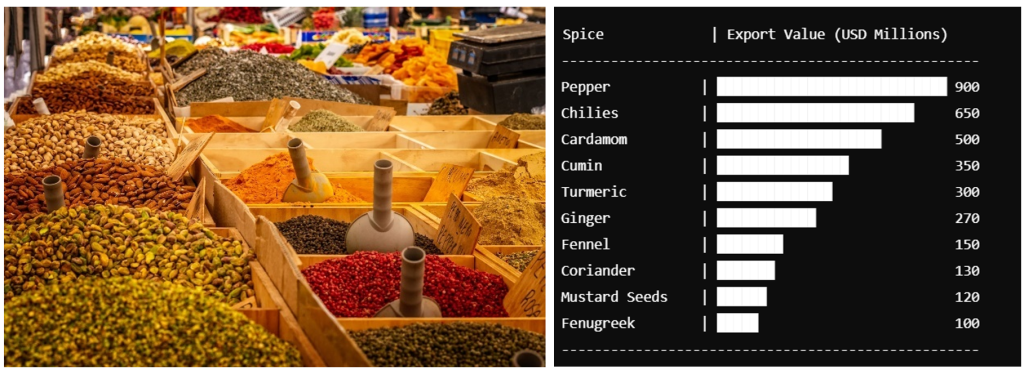
Fruits and Vegetables: Exports of fresh fruits like mangoes, bananas, and pomegranates have shown impressive growth. Additionally, vegetable exports, continue to rise. The government has also supported cold-chain infrastructure to minimize post-harvest losses, ensuring that perishable items reach international markets efficiently.
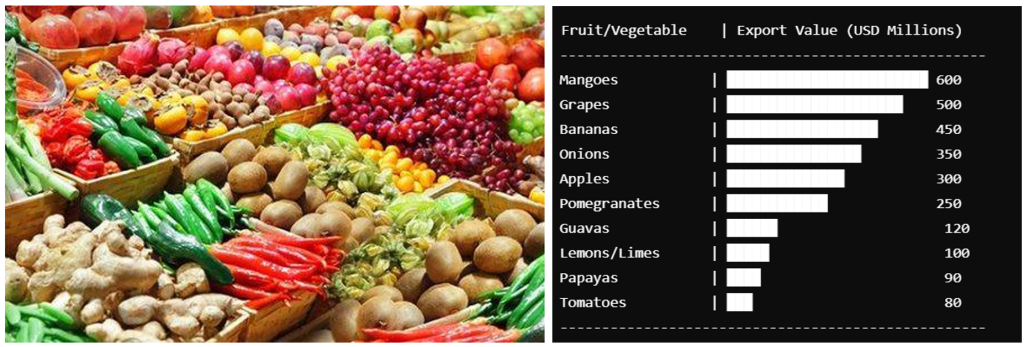
Processed Foods and Beverages: India’s processed food sector is gaining global recognition, with value-added products like ready-to-eat meals, snacks, and beverages gaining traction. In 2024, processed foods are one of the fastest-growing export segments, thanks to India’s burgeoning food technology sector.

Government Initiatives and Support for Agricultural Exports
The Indian government has played a crucial role in promoting agricultural exports. In 2024, policy measures such as the Agriculture Export Policy (AEP) have further streamlined the export process. The focus is on increasing the value and volume of exports while ensuring that Indian farmers and agribusinesses benefit from international trade.
Several key government initiatives include:
- Agri-Export Zones: Designated zones for certain agricultural products have enhanced export-specific production, improving quality and consistency.
- Promotion of Organic and Sustainable Farming: India’s organic farming sector has grown exponentially in 2024, as global demand for organic products continues to rise. Government incentives, including subsidies for organic certification, have bolstered India’s position as a major exporter of organic goods.
- Increased Market Access: Through trade negotiations and diplomatic efforts, India has secured better market access for its agricultural products in various regions, especially Southeast Asia, Africa, and the Middle East.
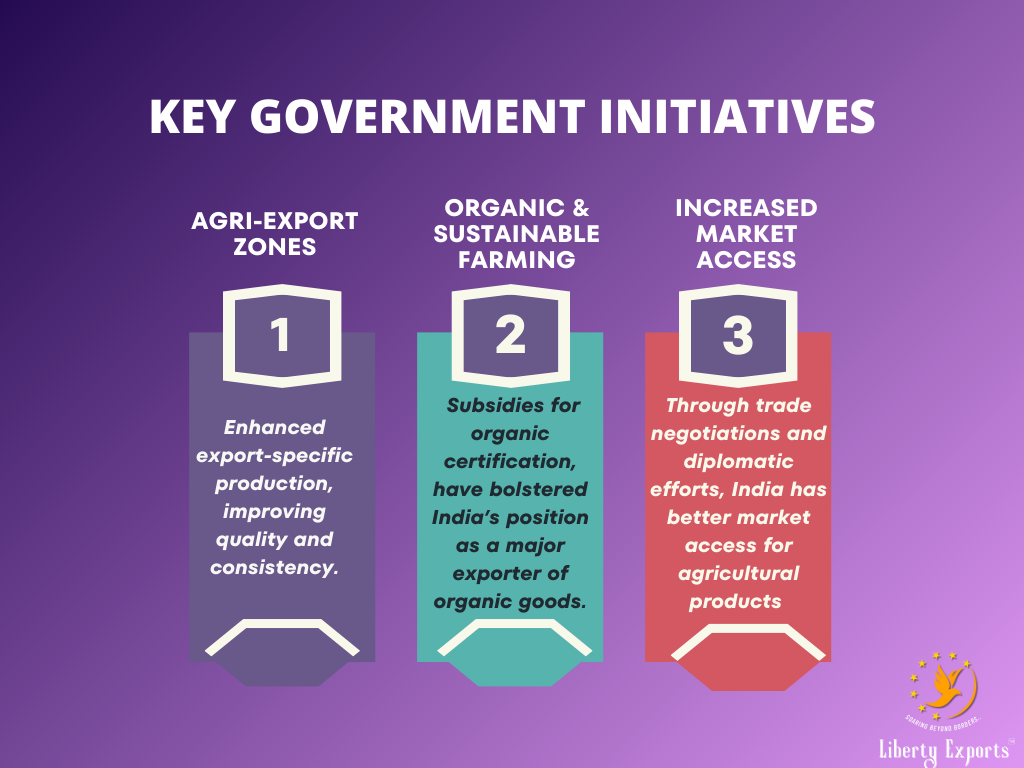
The Road Ahead: Opportunities in 2024 and Beyond
Despite the challenges, the future of Indian agricultural exports looks promising. Several emerging trends and opportunities are likely to shape the sector in the coming years.
- Sustainability and Climate-Resilient Agriculture: As the world shifts towards sustainable consumption, there’s a growing market for organic, climate-resilient crops. India’s focus on sustainable agriculture will allow it to tap into this demand and solidify its position in global markets.
- Value-Added Exports: The trend towards value addition, particularly in processed foods, beverages, and spices, is expected to continue. Innovations in packaging, longer shelf life, and product differentiation will help Indian agribusinesses in competitive markets.
- Technology and Digital Integration: In 2024, technology will play a pivotal role in improving agricultural productivity and quality. The adoption of precision farming and e-commerce platforms for export promotion will further enhance India’s agricultural export potential.
- New Trade Partnerships: India is working towards expanding its footprint in non-traditional markets. With efforts to improve ties with African nations and Latin American countries. Indian agricultural exports are set to diversify further in terms of geography.
Conclusion
Agricultural exports from India in 2024 continue to be a robust contributor to the economy, showcasing resilience in the face of global challenges. While the sector faces issues such as climate change and competition, strategic government support and technological advancements offer a positive outlook. As India forges ahead, its agricultural exports are poised to remain a key driver of growth, benefiting farmers and the rural economy.
This blog post provides an overview of the current trends and challenges in India’s agricultural export landscape. Stay updated on our website Liberty Exports for more insights on the latest developments in Indian agriculture and trade.



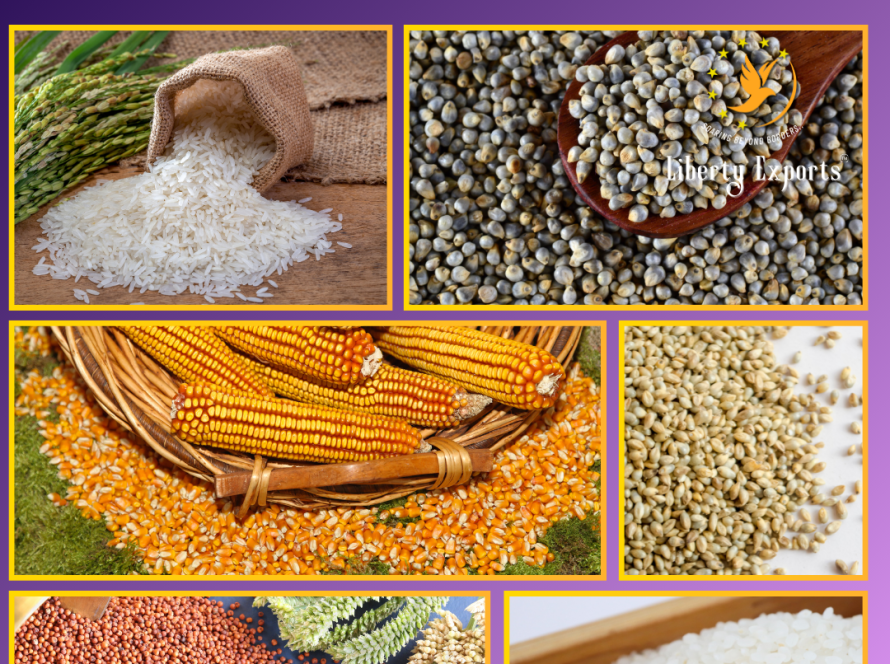

20 Comments
Priya
Great information!
Rakesh
An abundance of valuable knowledge
BETU
Top-of-the-line intelligence
Rahul
Exceptional understanding
Satyam
An abundance of knowledge
Mohit
Innovating awareness
Mannu
Breakthrough details
Abhishek
A cut above insight
Karishna
Leading-edge knowledge
Mahima
Top-level intelligence
Ramkumar
Five-star info
Sathish
Crackerjack intel
Raj
World-class understanding
Jacky
High-class awareness
Adarsh
Unrivalled intelligence
Prem
Gilt-edged information
Karthik
Great expertise
Sofiya
Unbeatable knowledge
Raja
Stellar expertise
Keshav patel
Fantastic awareness